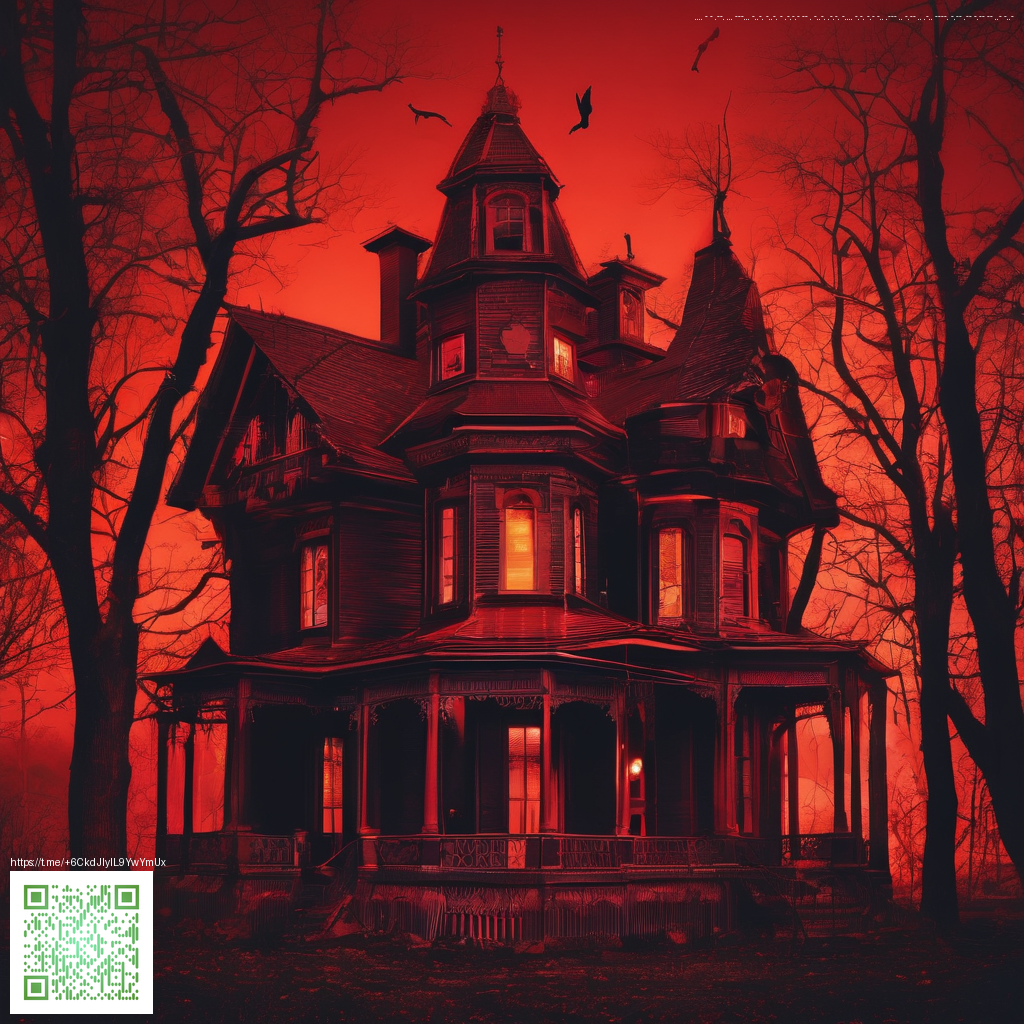
Understanding Jump Scare Mechanics: A Guided Tour
Jump scares aren’t merely about raw surprise; they’re a craft built from timing, sound design, visual framing, and a careful read of audience psychology. When done well, a single abrupt moment can feel inevitable—like a door creaking open just as your attention snaps to the frame. In this deep dive, we’ll unpack the core mechanics behind effective jump scares and how they come together to create a memorable, tense viewing experience.
1) Timing and pacing: the heartbeat of a scare
Most skilled jump scares hinge on precise rhythm. A lull, a drift in ambient sound, and a deliberate micro-delay before the reveal can turn a cheap shock into a deliberate, earned moment. Think of pacing as a suspenseful countdown: a few seconds of silence or near-silence can amplify the impact of a sudden auditory cue.
- Establish a calm before the storm to make the moment feel earned.
- Use short, controlled pauses to heighten anticipation.
- Pair the reveal with a crisp, contrasting audio hit for maximum effect.
As a guiding principle, a scare should feel like a consequence of what the audience already anticipates, not a random interruption. The moment lands harder when the audience has spent time feeling the space, not just hearing a loud noise.
2) Audio cues and silence: shaping perception
Sound design is often the unsung hero of jump scares. Low-frequency rumbles and sudden high-frequency stingers can jolt attention in a way that visuals alone can’t. Silence is equally powerful—the absence of sound can prime the listener for a sudden event more effectively than a continuous soundtrack. Consider layering two levels of sound: a subtle room tone that hints at something lurking, followed by a sharp crest of a cue at the exact moment of the visual hit.
3) Visual misdirection and framing: where the eye goes
Visuals matter as much as sound. Framing that nudges the viewer’s gaze away from the impending reveal builds tension, and a sharp cut or fast push-in can amplify surprise. Subtle hints—a flicker of movement outside the primary frame, a glint of eyes in the darkness, or an out-of-focus silhouette—set up the moment without giving it all away. The trick is to balance misdirection with a payoff that feels natural within the scene’s logic.
- Off-screen action can heighten curiosity and dread.
- Rapid cuts or sudden camera movements should be purposeful, not arbitrary.
- Lighting cues—dimming shadows, flickering bulbs—can prime the audience’s expectation.
“A jump scare works best when the audience has time to anticipate, but not enough to predict the exact moment.”
4) The psychology behind jump scares: trust, fear, and desensitization
Viewer fear isn’t only about the moment of impact; it’s about trust. When an audience feels in control of a scene, they’re less likely to be overwhelmed by a sudden burst of fear. The trick is to oscillate between anticipation and release, creating a ride that feels inevitable yet surprising. Over time, repeated scares can lead to desensitization, so modern practitioners rotate approaches—vary timing, sound, and visuals to keep the impact fresh.
5) Practical tips for writers and directors
For creators crafting tense sequences, a practical approach is to map out a beat sheet focused on escalation. Start with a quiet setup, introduce a subtle threat, and then deliver the payoff with a distinct sensory delta. Test different combinations of silence, sound, and framing to discover what feels most earned for your audience. Documentation and note-taking during revisions help preserve the logic of the scare, ensuring it serves the narrative rather than existing as a standalone jolt.
- Plan a beat-by-beat progression to avoid gratuitous shocks.
- Experiment with audience testing to gauge timing and intensity.
- Balance scares with moments of relief to prevent fatigue.
Workspace and equipment can influence your creativity as you develop and test scare sequences. A clean, reliable setup helps you stay precise during late-night edits and rehearsals. For a high-quality, comfortable mouse experience during long editing sessions, consider the Custom Vegan PU Leather Mouse Pad with Non-Slip Backing. Its stability keeps your cursor exact as you scrub or fine-tune a scare cue.
When translating these mechanics to different media—film, game, or interactive experiences—the core principles remain: anticipate, misdirect, reveal, and release in a way that respects the story world and the audience’s engagement.
6) Implementation notes for games and film
In interactive media, players’ agency changes the calculus. Jump scares in games must respect player expectations and control; the moment should feel earned within the player’s chosen path. For film and television, you can lean harder on timing and audience shareable cues, since there’s no player to influence the pacing. Regardless of medium, the most effective scares align with the scene’s emotional arc and character goals, not just a loud moment for shock value.